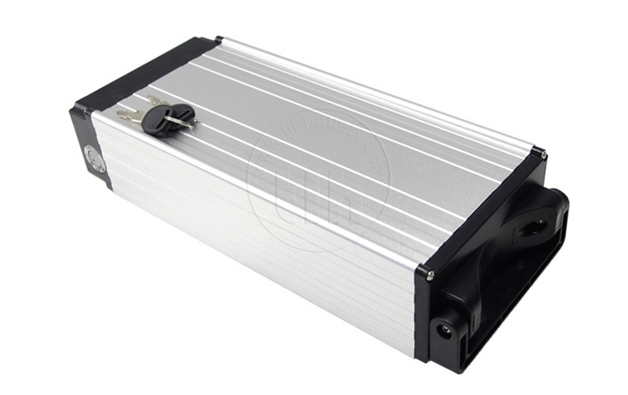Whenever you hear the word battery, the first thing that should come to your mind is electrochemical cells. I will tell you that a battery is a device that contained electrochemical cells which power electrical devices like bikes, mobile devices, electrical cars and torches.
There are two categories of batteries, which are the Primary Electrochemical cell Battery and the Secondary Electrochemical cell Battery.
The Primary Electrochemical Cell: this type of battery is a non-rechargeable battery whereby once the electrode migration is complete, there is no reversal and the next thing to do is disposing. Examples are the Alkaline batteries.
The Secondary Electrochemical Cell: this is a rechargeable type of battery that permits the reversal of ions between the electrodes and let the chemical reaction occur over and over for a specific period of time. Examples are the Lead-acid and Lithium-Ion batteries.

You can get your 48v lithium ion battery for bikes for the best experience in using rechargeable batteries for bikes.
Secondary or rechargeable batteries are supposed to be charged using electric current before its first usage, so as to make the battery work for a very long period of time.
The charge cycle of your battery is also a very important thing to consider because the number of times your battery is being recharged reduces its lifespan until it stops working. Your battery can still sustain several hundreds of recharging but still relatively depends on the type of battery it is.

The way you maintain your battery is also a key factor in the battery lifespan. for example, if your battery is always prevented from moisture and high temperature, it will last longer than when you use it in the opposite manner. Generally, if you use your electric bike battery frequently, its quality will reduce after 3 to 5 years.
The different types of battery and their lifespan
- Lithium batteries: It’s the best battery for electric bikes and it can hold up to 1000 charge cycles or more depending on maintenance. Especially the latest lithium iron phosphate models.
- Nickel batteries: it’s more likely the second best for bikes, it has around 500 charge cycle but you can probably get more if you give it the adequate maintenance.
- Lead batteries: This is the least of them all, doesn’t work for too long but can still last up to 300 charge cycles on the first-generation electric bikes.

Even if your battery has reached its maximum number of charges, it still doesn’t become totally useless. What your battery will lack will just be the reduction in its efficiency thereby, it will start holding its charge time for a short period and the performance will also be affected.
Do you think leaving your battery unused is helping your battery lifespan? No, it’s not because the energy that is stored in the battery escapes gradually. The battery will “self-discharge” completely until it has no energy left. If the battery now remains totally uncharged for a long period of time, the probability of an irreparable damage will be very high owing to the chemical reactions that would have taken place inside the battery.

How to give your battery a longer lifespan?
- Charging: when charging your battery make sure you use the charger and adapter supplied with the battery, let your battery cool off before charging and always make sure your battery charges fully i.e. charged to 100% before using.
- Storage: Just as I said earlier, make sure your battery is always shielded from any form of moisture and high temperature (preferably between 0°C – 20°C).
- Cleaning: Always clean off dirt from the battery power connector to avoid rusting or corrosion.
Conclusion: having a rechargeable battery for your bike is good but, having a lithium-ion rechargeable battery precisely and strictly following the maintenance step is best for you and your bike. This will make you enjoy the full efficiency of your bike and its attribute.
